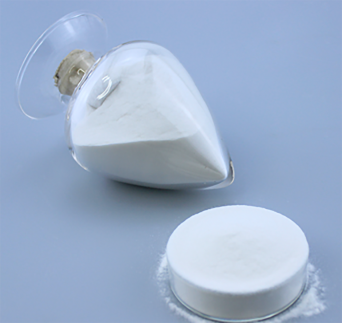Recognizing the signs of a yeast infection in your dog's paws and seeking timely veterinary care can help restore your pet's health and comfort. With the right treatment and prevention strategies, you can keep your furry friend happy and free from recurring yeast infections. Always consult with a veterinarian if you suspect your dog has a yeast infection, as early intervention is key to effective treatment.







